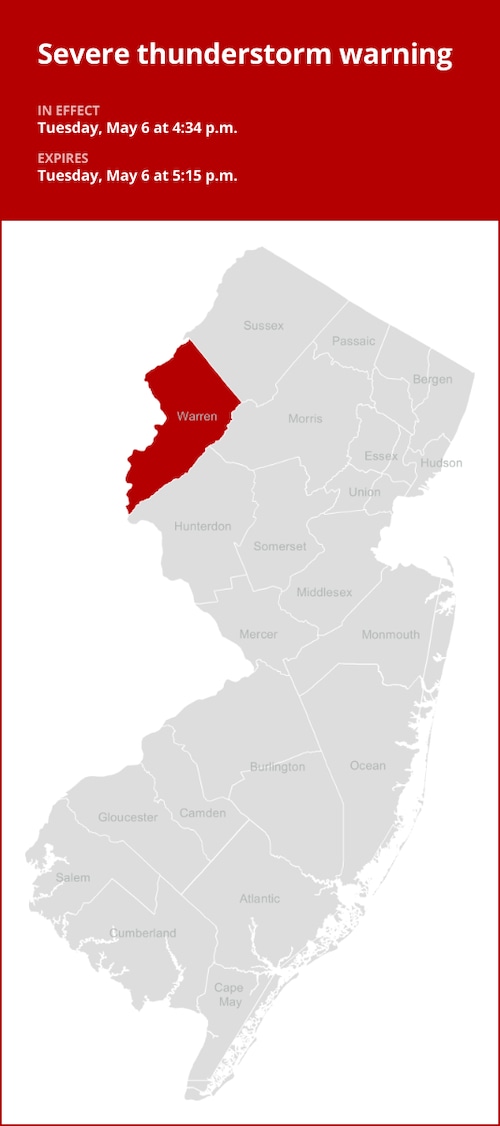What to Do When a Tornado Warning Is Issued: Safety Tips and Essential Information

A tornado warning is one of the most serious weather alerts you may encounter. When the National Weather Service issues this warning, it means a tornado has either been detected by radar or confirmed by spotters. Quick action can save lives. Here’s what you need to know to stay safe when a tornado warning is issued.
What Does a Tornado Warning Mean?
A tornado warning is more urgent than a watch. It signals immediate danger, telling you to take shelter right away. Warnings are issued for specific areas where a tornado is either happening or imminent. It’s important to act fast. Delay can be deadly.
Recent events, like the confirmed tornado that touched down in Northampton County, Pennsylvania, highlight how fast conditions can change. Severe storms can quickly spawn tornadoes, leaving little time to react.
How to Respond to a Tornado Warning
When you receive a tornado warning, follow these steps immediately:
- Seek shelter in a sturdy building. Go to a basement or small interior room on the lowest floor. Avoid windows and doors.
- Protect yourself. Get under sturdy furniture or cover your head and neck with a mattress or heavy blankets.
- Monitor alerts. Use a weather radio, trusted app, or local news. Don’t rely just on social media or website updates.
- Avoid vehicles and mobile homes. These provide little protection from tornadoes.
Warnings often follow severe thunderstorms. For example, a recent update from nj.com described how damaging winds, hail, and thunderstorm warnings can quickly escalate into a tornado threat.
Safety Tips During Severe Weather
Tornadoes often happen during or after powerful thunderstorms. Here are more tips to stay safe:
- Stay indoors until officials give the all-clear.
- Avoid using electronics connected to outlets during lightning nearby.
- Have a safety plan for your family, especially if you live in an area prone to tornadoes.
- Keep emergency supplies like water, food, a flashlight, and a first-aid kit in your shelter area.
Additionally, expert advice from meteorologists recommends moving to an interior room and waiting at least 30 minutes after the last thunder or lightning before going outside again.
Commuting and Traveling During Tornado Warnings
Severe weather can disrupt travel plans and commutes. As covered in updates like Nasty storms tonight to impact the evening commute, it’s best to avoid travel if tornadoes or severe storms are in the forecast. If you must drive, seek shelter in a sturdy building if a tornado warning is issued. Never try to outrun a tornado in a vehicle.
Staying Informed and Prepared
Sign up for local emergency alerts. Follow trusted news sources, and make sure your phone can receive Wireless Emergency Alerts (WEA) from the National Weather Service. Preparation is your best tool against sudden severe weather.
Conclusion
A tornado warning is a call to immediate action. Staying alert, having a plan, and seeking proper shelter can make all the difference when seconds count. For further information and self-protection tips, check reliable updates from meteorologists, such as those at 6abc Philadelphia and nj.com. Always stay prepared, stay informed, and stay safe during tornado season.